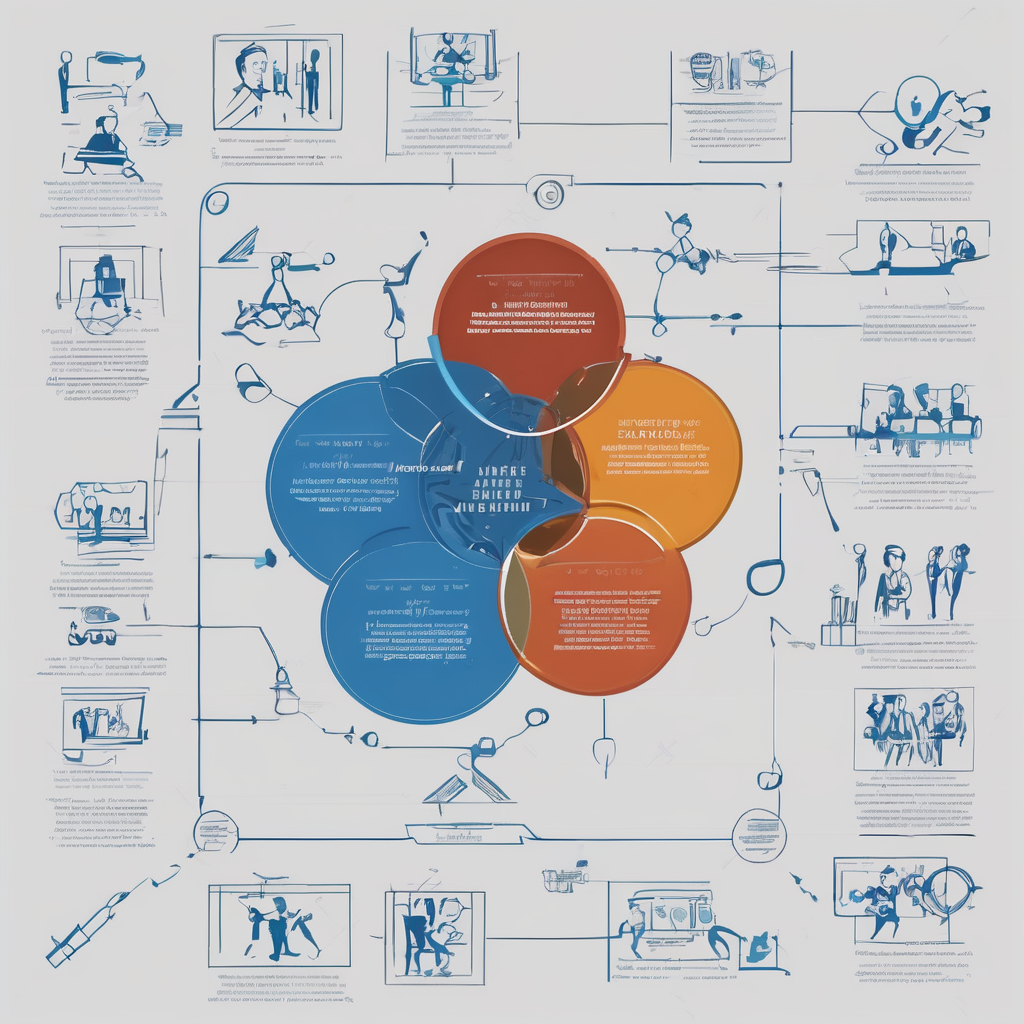Vallourec drives innovation by developing advanced solutions for renewable energy sectors like wind, solar, and hydrogen. Their cutting-edge technologies enhance efficiency and sustainability, shaping a cleaner energy future. By redefining industry standards, Vallourec empowers progress with materials designed to meet tomorrow’s evolving energy challenges.
Defining New Energy: Emerging Technologies, Market Disruption, and Environmental Imperatives
After decades dominated by fossil fuels, the global energy sector is rapidly evolving as countries and industries embrace new energy for a cleaner, more sustainable future. New energy refers to innovative power sources and technologies that reduce greenhouse gas emissions compared to coal, oil, and gas. This major energy transformation is driven by urgent climate change mitigation goals and stronger policies encouraging renewable energy technologies.
Additional reading : Essential Factors for UK Companies to Embrace E-invoicing: A Comprehensive Guide
Unlike traditional energy, new energy harnesses sustainable resources like solar, wind, hydropower, geothermal, bioenergy, and hydrogen. Solar panels convert sunlight into electricity, onshore and offshore wind turbines leverage wind’s kinetic energy, and battery storage systems manage grid reliability amid variable generation. Innovations such as carbon capture, utilization, and storage (CCUS) enable hard-to-abate sectors to lower their emissions, while hydrogen holds promise as a clean fuel, particularly in heavy industry and transport.
Market dynamics reveal that renewable energy innovations increasingly outperform fossil fuels on cost and scalability. As economies face the dual challenge of energy security and decarbonization, investments are shifting toward sustainable energy solutions, promising economic opportunity and resilience, particularly as governments set bold targets for expanding global renewable capacity by 2025.
Additional reading : Key Strategies for UK SMEs to Attain Carbon Neutrality: A Comprehensive Guide
Breakthrough Developments and Industry Innovations
Technological progress in solar, wind, hydrogen, and battery storage
Recent renewable energy research and development has dramatically accelerated the adoption of solar energy advancements, wind power development, and hydrogen energy developments. By 2025, solar panel efficiency improvements and wind turbine technology advances have slashed costs and paved the way for unprecedented clean power sources in global energy transition strategies. Hydrogen energy developments, especially green hydrogen, address energy sector innovations like grid modernization efforts and sustainable energy solutions for industry and transport. New battery chemistries and energy storage systems now allow deeper integration of intermittent renewables, supporting efficient management of fluctuating supply and demand in renewable energy technologies.
Vallourec’s pioneering role: geothermal, hydrogen storage, CCUS, and offshore wind solutions
Vallourec’s commitment to energy sector innovations is evident in its geothermal solutions, large-scale hydrogen storage, and robust carbon capture and storage (CCUS) infrastructure. Their offshore wind energy potential is boosted by advanced materials for energy, enhancing reliability and safety in challenging environments. By contributing directly to these renewable energy research and development fields, Vallourec strengthens clean power sources and climate change mitigation.
The role of new materials and innovation in accelerating clean power deployment
Advanced materials for energy are transforming bioenergy and biomass uses, and driving progress in offshore wind energy potential. These technologies lower costs, extend asset life, and enable scalable deployment of sustainable energy solutions across multiple sectors. This innovation wave, grounded in renewable energy research and development, is fundamental for achieving ambitious low carbon economy solutions and long-term energy planning.
Policy, Investment, and Global Market Drivers
Major policy frameworks and regulatory trends affecting the energy transition
Clean energy regulation has become a centerpiece of climate policy and energy markets. In 2025, government energy policies continue to accelerate the shift toward sustainable energy solutions, with a marked emphasis on expanding renewable energy investments and expanding renewable energy subsidies. Governments worldwide are establishing stricter emissions standards and compelling utility companies to increase procurement from clean power sources. This policy environment propels the adoption of renewable energy technologies and encourages advancements across solar, wind, and hydrogen energy developments.
Financing the shift: public and private investment, subsidies, and green finance
The transition to renewables depends heavily on innovative energy transition financing models. Green finance opportunities—from climate bonds to blended government and private funds—lead to significant energy project financing for next-generation hydroelectric power and offshore wind energy potential. Clean energy regulation guides how these investments are allocated, ensuring subsidies and incentives target scalable, climate-friendly energy options. Investors and corporations increasingly view renewable energy investments as pathways to decarbonization efforts and long-term risk management.
International collaboration and its impact on clean energy progress
International energy cooperation is a backbone of the global energy transition, streamlining climate policy and energy markets across borders. Key governments and organizations form alliances to harmonize regulatory standards, share research, and co-finance energy project financing. This alignment supports rapid innovation in sustainable energy solutions and secures ongoing growth of renewable energy investments.
The Road to 2050: Challenges, Opportunities, and Future Trajectories
Overcoming barriers to large-scale adoption: grid integration, storage, and resilience
Energy storage systems stand as a foundational pillar for the global energy transition. Their advance is fundamental to balancing supply with fluctuating demand from renewable power generation. Modern battery technology improvements, along with hybrid arrangements like power-to-gas solutions, enable greater resilience in climate adaptation by keeping electricity reliable despite supply variability. Smart grid integration, powered by advanced energy management technology, allows for seamless operation and better demand response management. Decarbonization efforts rely heavily on robust storage and resilient infrastructure to ensure that clean power sources do not falter under stress, supporting both energy efficiency techniques and carbon neutral energy solutions.
Long-term sustainability, job growth, and environmental impacts
The energy transition and job creation will redefine workforce structures, resulting in considerable economic shifts. Investments in sustainable energy solutions, such as wind power development and bioenergy and biomass uses, foster not only environmental benefits of clean energy but also substantial growth in renewable energy jobs. Long-term energy planning must incorporate lifecycle analysis of renewable energy, emphasizing future trends in renewable energy that protect public health and create stable employment landscapes.
Strategic outlook: what the future holds for renewable and sustainable energy solutions
Looking ahead, future trends in renewable energy emphasize continual improvement—renewable energy technologies are becoming more accessible and cost-effective, fueling decarbonization efforts and the deployment of climate-friendly energy options. Energy sector innovations, coupled with climate change mitigation strategies, will underpin long-term energy planning and support a broad shift toward carbon neutral energy solutions globally.






